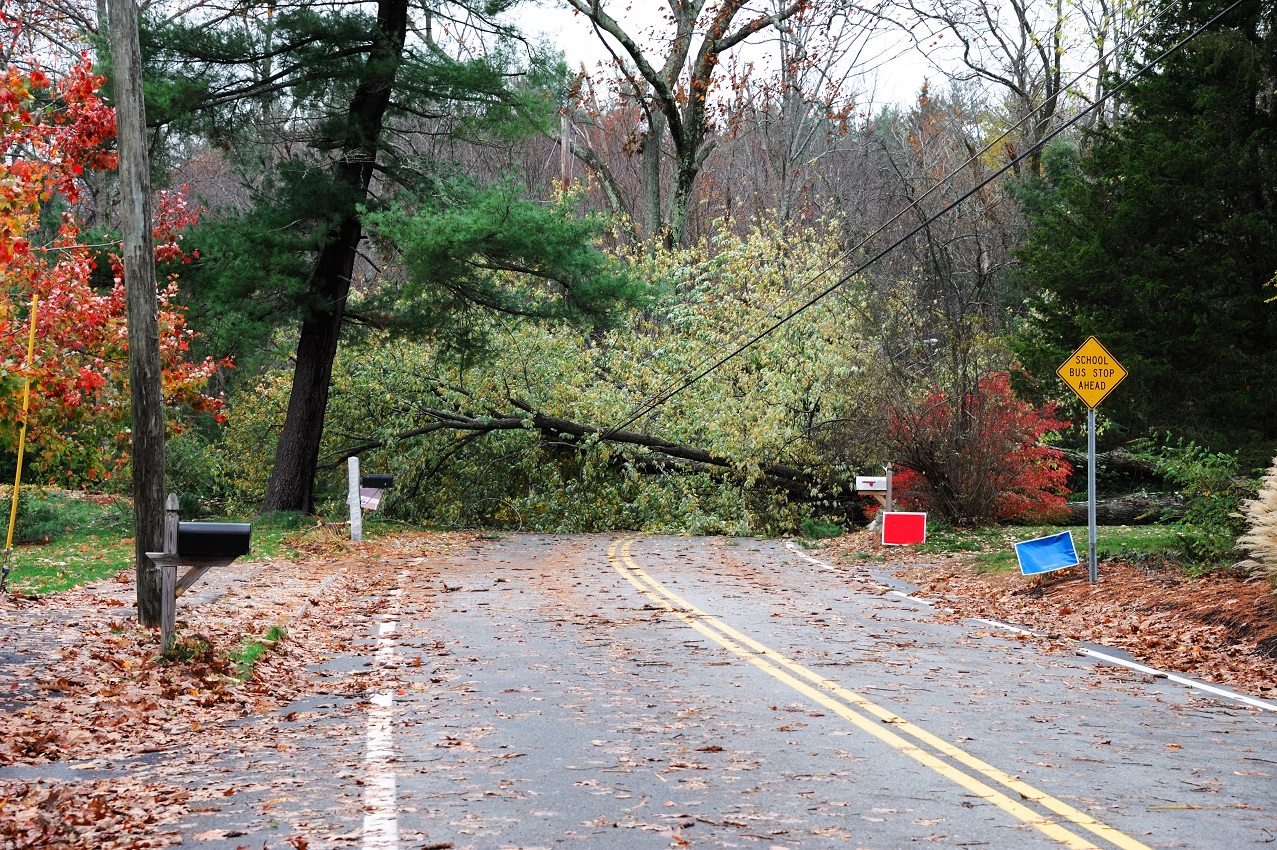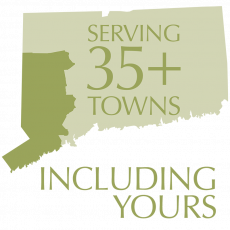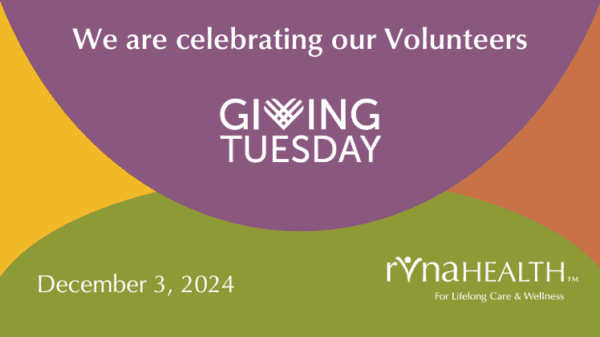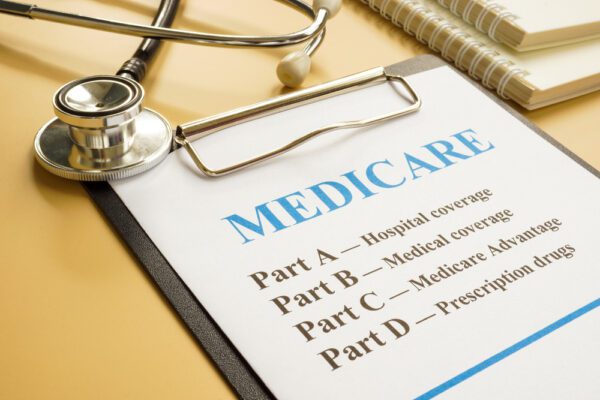

It seems safe to say that many of us were not expecting the intensity and consequences of Tropical Storm Isaias last month. But, with NOAA (the National Oceanic and Atmospheric Administration) predicting an “above-normal” hurricane season this fall, it’s important to be prepared.
As a standard practice, RVNAhealth gives all patients a guide to emergency preparedness, and we develop a ‘patient emergency plan’ for each individual we serve to ensure that during any crisis, everyone is properly cared for.
“It is critical for RVNAhealth to understand such factors as family and friend support; medical equipment needs; and access to such basics as food and water, says John Apinis, RN, BSN, RVNAhealth Director of Nursing Practice. “Because at times of emergency, the health of our patients is contingent upon many systems we all typically take for granted. It becomes our job to ensure that these are accounted for.”
RVNAhealth also encourages all community members to review and complete their own emergency preparedness plan. “Even if you’re not the ‘planning type,’” says Apinis, “you won’t regret having a plan if and when you need it. Particularly in an extended power outage that, at best, causes major inconveniences.” One template is included in the Connecticut Guide to Emergency Preparedness.
Your plan can address a variety of items of relative significance: How will you get your morning cup of coffee? How will you store medicines that require refrigeration? How will you save a refrigerator full of food? How will you tend to your family and work when you have no power, phone service, or even water? How will you communicate to know that extended family members are OK?
All important considerations, and all worthy of thought in advance to make any emergency situation safer and more palatable.
To download (or request) the State of Connecticut’s Guide to Emergency Preparedness, visit the Connecticut Department of Public Health.





